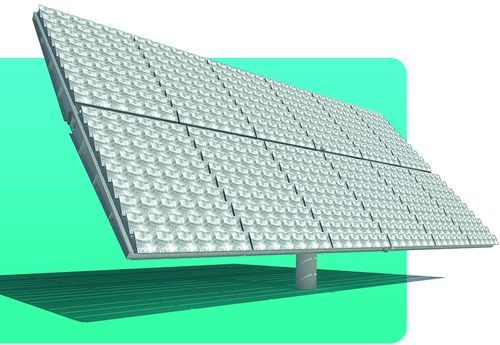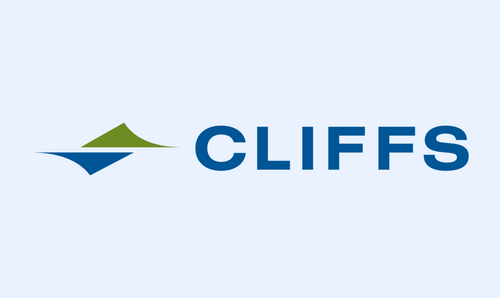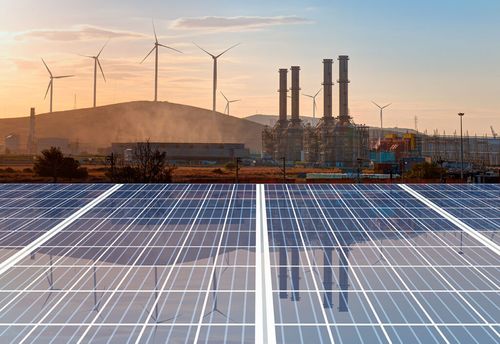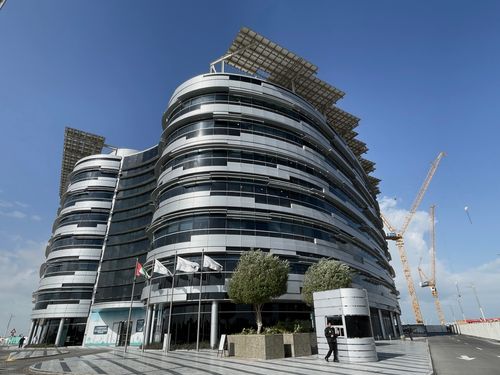Caliche Development Partners II, Orion Infrastructure Capital (OIC), and GCM Grosvenor have reached a partnership targeting underground storage and sequestration assets in North America, according to a press release.
The capital commitments represent OIC’s second investment with the Caliche management team, and Caliche’s first with OIC’s frequent investment partner GCM Grosvenor, which invested client capital. Both firms bring extensive experience in infrastructure investing to Caliche’s next iteration, which will target underground assets supporting North America’s transition to lower-carbon forms of energy.
The partnership’s initial acquisition of Golden Triangle Storage, Inc. (GTS), together with the anticipated acquisition of Central Valley Gas Storage (CVGS), from Southern Company affiliates, targets two regions with increasing demand for storage to support variable power loads, natural gas liquefaction, and high penetrations of renewable resources.
Acquisition amounts funded and/or anticipated to be funded by OIC, GCM Grosvenor, and Caliche management collectively total $186m, which represents the aggregate purchase price of both GTS and CVGS, plus working capital and other adjustments. Caliche expects, with support from OIC and GCM Grosvenor, to explore and assess additional growth related to these assets and in these regions. The GTS transaction closed on November 18, 2022, and the CVGS purchase, which requires state regulatory approvals, is expected to close in 2023.
“Natural gas storage will continue to play an important role in our energy mix while providing the assets and knowledge to storing helium, hydrogen and CO2 in similar formations,” said Dave Marchese, CEO of Caliche II. “The support of our repeat and new capital partners combined with the location of these two acquisitions, and their exceptional operational teams, provide Caliche a platform to significantly impact the energy transition on the U.S. Gulf and West Coasts.”
“We are thrilled to partner with the Caliche team again and with GCM Grosvenor to build off the success of Caliche I,” said Ethan Shoemaker, investment partner and head of infra credit at OIC. “GTS and CVGS are both premier storage assets and provide critical infrastructure for reliability in their respective markets. We look forward to supporting Caliche II’s continued growth as we expand the platform for other customers and into new products.”
“We believe the investment opportunity for underground storage is robust in light of market dynamics and ongoing energy transition initiatives across the globe,” said Matthew Rinklin, managing director at GCM Grosvenor. “The Caliche team has a proven track record of developing critical storage infrastructure for a range of customers across fuel types, and we look forward to growing their platform alongside our partners at OIC.”
Caliche welcomes GTS and CVGS employees to its culture of providing safe and environmentally conscious underground storage services. The Caliche team has a proven history of operating on the Spindletop salt dome, where GTS is located, and will leverage its expertise from its prior storage business—Coastal Caverns—for the success of both facilities.
Under the Caliche team’s stewardship, Coastal Caverns operated with a TIRR of zero (0), an industry leading environmental record. The team’s decision-making hierarchy of “Safety, Asset Integrity, Stakeholder Stewardship and On-Demand Deliverability” comes from a combined 65 years of collective underground storage experience, with products including NGLs, oil, helium and natural gas. Underground natural gas storage provides unparalleled flexibility for the entry of renewable generation resources into power grids, support for LNG exports to Europe and Asia, and ultimately provides the asset base and knowledge to move to carbon-neutral forms of generation.
The Caliche team previously developed North America’s first helium storage salt cavern and is committed to now applying the team’s decades of experience working together to the upcoming challenges of storing helium, hydrogen and sequestered CO2.








